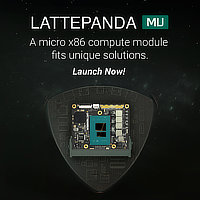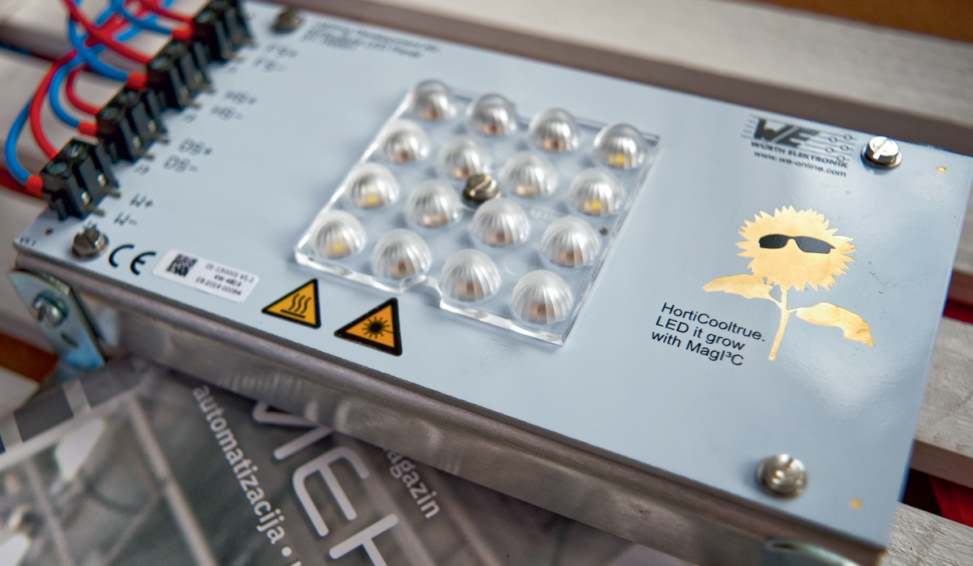LED lighting has become the industry standard, both for commercial and personal use due to its rapidly declining manufacturing costs and high energy efficiency. The long service life of these lamps and the low maintenance they require also made them a favourite between businesses.

Today, we’ve got our hands on the ‘LED it grow’ kit by Würth Elektronik. The kit focuses on Würth’s new horticulture range of visible-light LEDs, and contains the LEDs mounted on heat-spreading panels, as well as the power supply unit based on MagI3C buck regulators (the power supply features 4 channels, with one Magi3C chip per channel).
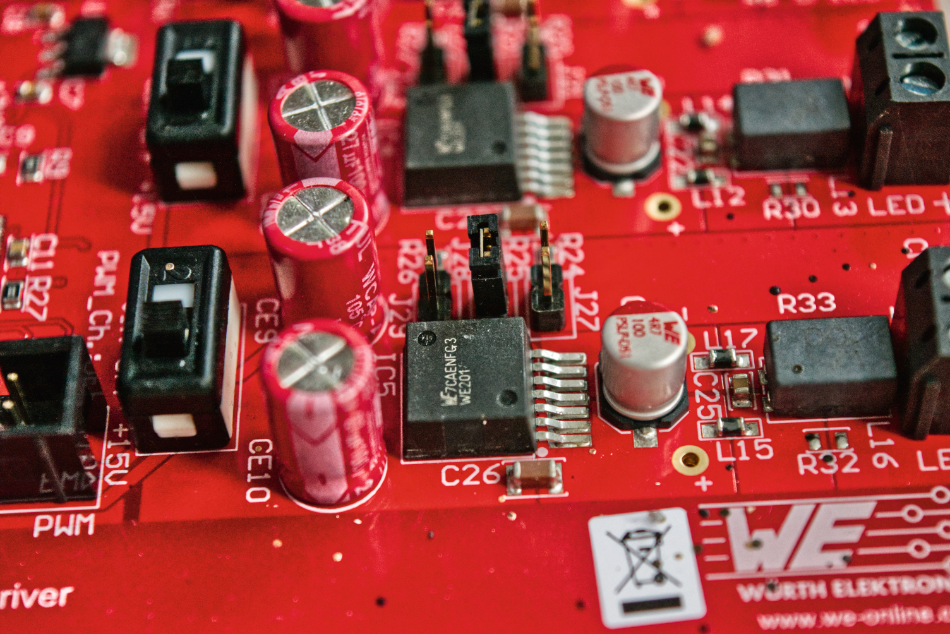
Our kit has been donated to us by Würth Elektrik, free of charge, for which we are thankful. This did not cause any bias in this review. We will be handing down the kit to a local educational institution for further lab work and tests, as well as for supporting the young and aspiring engineers.
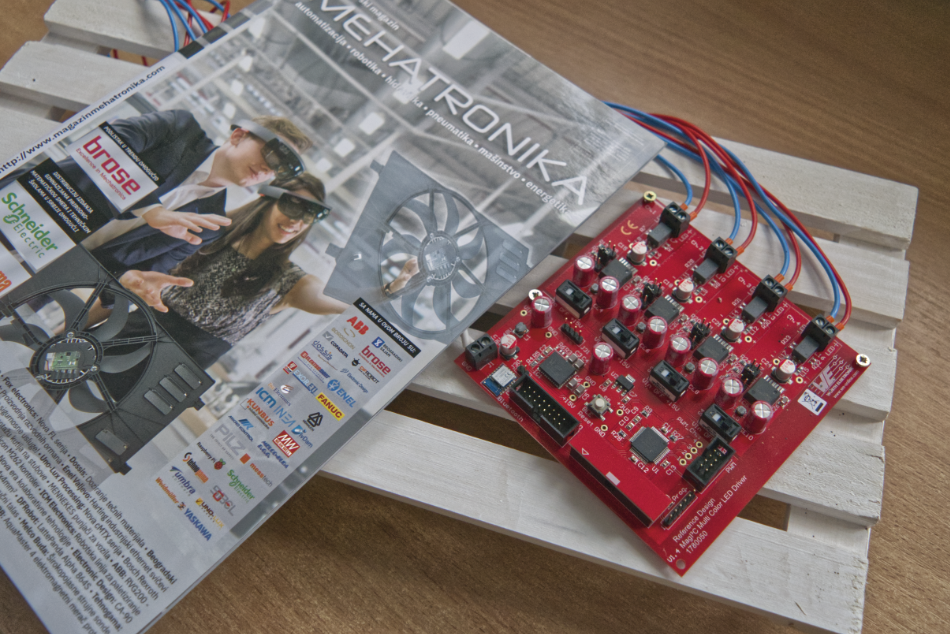
The kit comes packed in an attractive box, with the installation steps printed on the lid, and all components laid out cleanly. After minimal assembly (quite literally – it’s down to a dozen screws and ten cables total), the entire kit comes together and is ready to use with the included power supply. The kit also comes with a simple, but effective heatsink that can be attached to the back of the metal LED carrying plate.
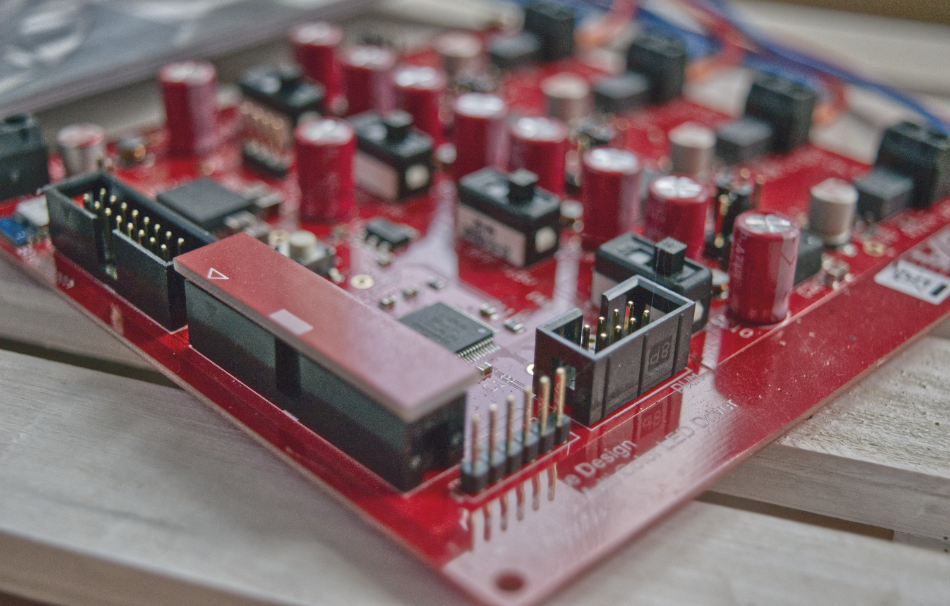
The kit comes with two main sets of LEDs that cannot be used simultaneously. The first, and arguably, the less important one is the set of two plates of RGBW LEDs, with 4 diodes each (one red, one green, one blue and one white LED per plate). These two can be daisy-chained and then controlled via the iOS app.
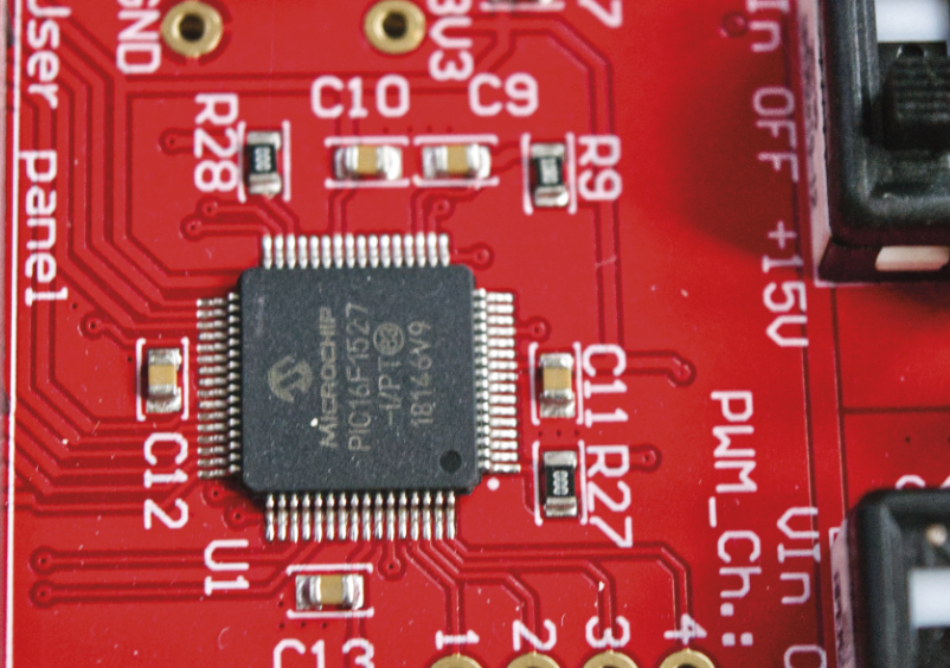
The second set of lights is the horticulture plate, featuring 16 LEDs – 4 white, 4 far red, 4 hyper red and 4 deep blue lights – each with a precise and carefully selected wavelength for optimal plant growth and health. This panel cannot be daisy-chained with any other.
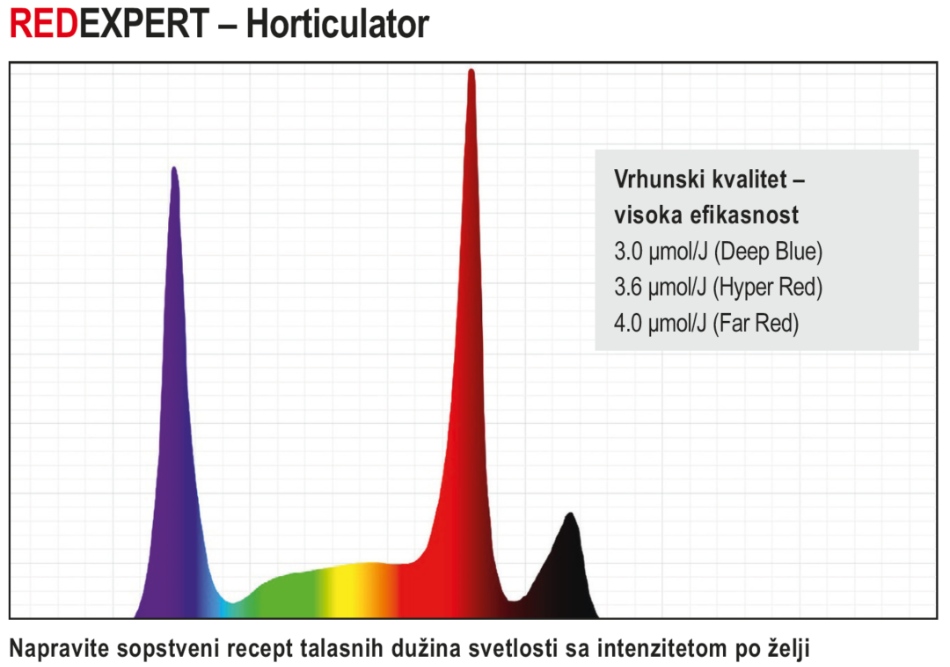
The kit also offers three different lenses for dispersing and mixing light more evenly and at different angles.

The power supply connects to the iOS device via bluetooth, which works very reliably and quickly. The iOS app, on the other hand, leaves a lot to be desired. There are only rudimentary per-channel brightness controls in the interface, and there is no way to tell which channel controls what. We realise that this makes the power supply more universal, but a way to give custom labels to channels would have been useful.

There’s also no timer function, which is a must with this type of lighting. Too much light can be dangerous for plants and careful timing is key, so we’re almost shocked that there is no feature to enable automatic toggling/dimming of the LEDs. And in case you thought you could get away with plugging the kit into a timed power outlet – nope, because while the kit does turn off without power (I know, total shocker), the lights do not come back on when the power comes back. It’s hopeless!

Fine, if it forgot the per-channel brightness values, we’d probably understand (did Würth not put any non-volatile memory on this thing?), but it straight up refuses to turn on without a Bluetooth signal. This is literally down to the software – and not the hardware, so we find it a major oversight. This makes it that much less practical of a device – you can’t just set it up in a controlled environment and leave it to do its own thing – there’s the constant maintenance of turning it on and off again, on and off, on and off…
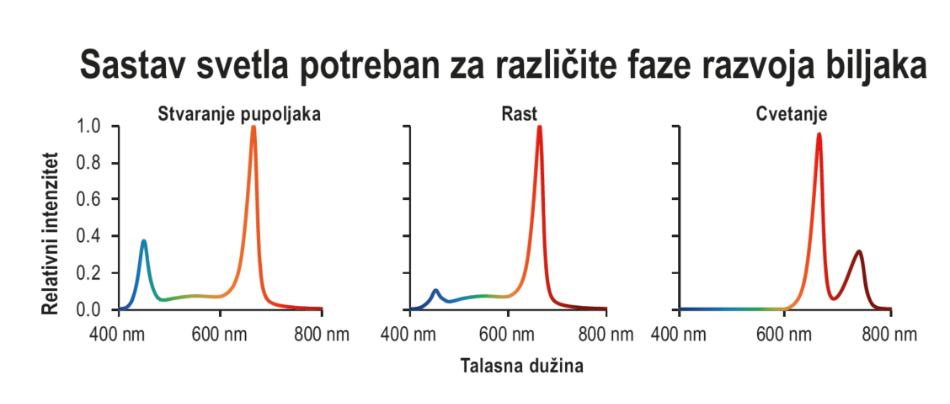
The entire package left a pretty bitter taste in the mouth initially (especially with the retail price of around 400 Euros), with the clunky interface and a lack of features, but when we left the kit for a few weeks to do its thing (with us turning it on and off, of course) it really began to shine (no pun intended). We’ve tried a selection of demanding plants, in various stages of health, and the results compared to the same samples under other ‘horticulture’ LED lamps, as well as pure sunlight are quite astonishing. Obviously Würth did something very right in this department, and allowing a per-channel colour setting is a rare, if not a unique feature of this set (making it suitable for research and prototyping use).
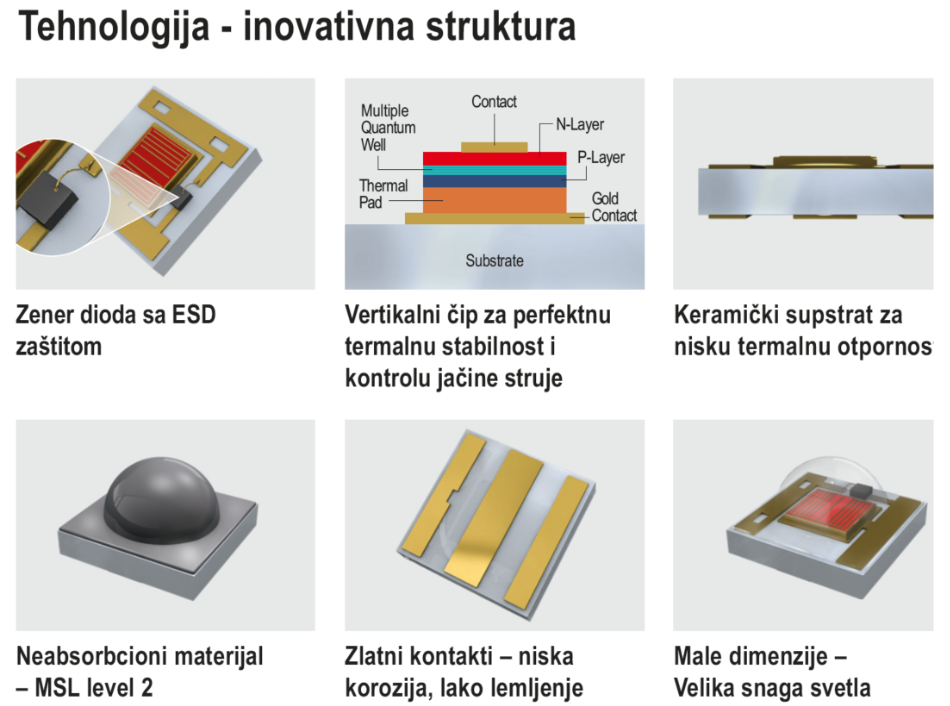
The performance of this kit is unparalleled, with customisation that none rival – but we see a gaping hole in the user experience and functionality side – issues mostly in software which we believe can be easily and cleanly fixed by a few patches. We understand that this is a very early (first production run, in fact) unit, and that’s why we’re having high hopes that, if impossible in software, a future hardware revision addresses these issues, making this kit a true, all-inclusive solution for smaller horticultural applications.

- LattePanda Mu review - 07/23/2024
- SunFounder Pironman 5 review - 07/11/2024
- Clockwork Pi DevTerm review - 04/24/2024

